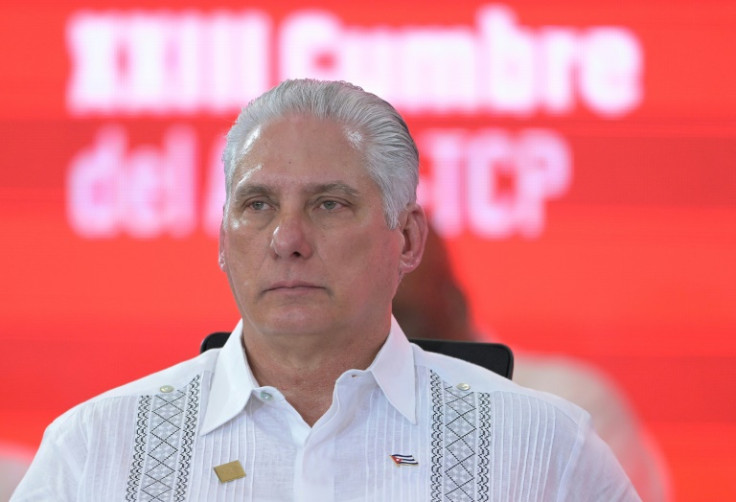
Cuban President Miguel Díaz-Canel acknowledged the toll the country's deepening economic crisis is having on society, saying that it has led to a spike in "violence, addictions and vandalism."
Speaking to the National Assembly last week, the Cuban leader described the current economic situation as "very difficult" and said that the government is no longer able to effectively provide "the few" products that the population can still access through ration cards.
It was an extremely uncommon admission from a government that has for decades painted a picture of optimism and order and pinned most issues on the decades-long blockade from the U.S.
Looking at crime figures, the Miami Herald reported a 22% spike in homicides in 2021 and "an even higher 131% jump in deaths labeled 'events of undetermined intent' between 2016 and 2021."
Another investigation by Spanish outlet El País detailed how independent media (that is, not controlled by the government, which has a tight grip on information) is reporting more cases of theft and violence.
It recalls a particular example on June 8, when people were attending an event to mark the beginning of the summer. The scene ended up with large disturbances, including fist fights and people wounded amid images of people walking with knives and machetes.
The spike in crime comes as Cuba goes through a grave economic crisis, among the deepest of its already troubled history. "Some might say there have always been violent robberies, murders, killings. But you're seeing more of it today. The country is deteriorated in every aspect, including its values. The economic crisis is impacting all areas of life," Nelson González, a lawyer working in the Cuban judiciary told the outlet.
The downturn is such that the country's population dropped by almost a fifth between 2022 and 2023, a demographer recently concluded.
Juan Carlos Albizu-Campos determined the country's current population now stands at 8.62 million. He did so after extrapolating the amount of Cubans who have arrived in the U.S. between October 2021 and April 2024, as he says historical trends show such migration accounts for a third of the total.
The government said 11.11 million people lived in Cuba in December 2021, but the demographer said the figure is "fake." Based on electoral registers between 2013 and 2023, he says, the population was 10.48 million back then.
Overall, over 738,000 people in Cuba left for the U.S. during the period, based on calculations combining visas granted, humanitarian parole cases and apprehensions following unlawful crossings. Based on Albizu-Campos' calculations, 1.79 million people left the country between 2022 and 2023, an unprecedented figure in the country's recent history.
The figure largely exceeds those of other crises. Since the 1959 revolution, historic events such as the "freedom flights," the "Mariel boatlift" and the "rafter crisis," about 620,000 people had left the country, Spanish news agency EFE reported.
The country has also announced a "partial" and temporary dollarization of its economy amid the deepening crisis.
Prime Minister Manuel Marrero described the current scenario as a "war economy" and said the government will start accepting payments in foreign currencies at venues related to its industry, including hotels and stores.
The decision marks a departure from the current system, whereby tourists have to purchase prepaid cards in the local virtual currency, MLC, to buy goods and services. Marrero said that the country's poor technological infrastructure is a main reason behind the change.
© 2024 Latin Times. All rights reserved. Do not reproduce without permission.







